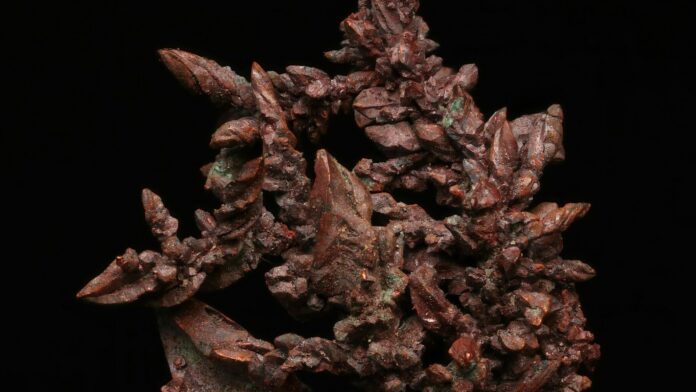Frontpage Journal | Business Insights
Sri Lanka’s mineral wealth is beyond dispute. The island holds significant reserves of ilmenite, phosphate, graphite, and other high-value resources. Yet the way these resources are currently exported tells a less impressive story. The majority leave the country in raw form, shipped to foreign markets where they are refined, processed, and turned into high-margin products. This approach leaves Sri Lanka capturing only a small portion of the potential value, while the greater share of profits, innovation, and market influence accrues elsewhere.
The economics behind value-added exports are simple yet transformative. Raw ilmenite commands modest prices internationally, but once converted into titanium dioxide, a key ingredient in pigments, aerospace parts, and advanced coatings, its market value multiplies several times over. The same applies to graphite, which in its unprocessed state is a low-margin commodity, but when refined or developed into graphene, becomes a premium material for industries ranging from renewable energy storage to electronics and biomedical devices. Even phosphate, widely traded as a bulk commodity, can be transformed into specialized fertilizers with niche agricultural applications that deliver far greater returns.
This gap between resource extraction and product innovation is not merely about pricing; it strikes at the heart of Sri Lanka’s economic positioning. By relying on raw material exports, the nation effectively surrenders control over value creation, forfeiting opportunities for industrial growth, technological advancement, and skilled job generation. Remaining at the base of the global value chain limits long-term competitiveness, while those who process and brand the products occupy the lucrative end of the spectrum.
A shift to value addition will require strong collaboration between government and industry. Policy frameworks should incentivize local processing facilities, advanced R&D centers, and technology transfer partnerships. Tax incentives for mineral-based manufacturing, targeted infrastructure development in industrial zones, and public, private collaboration on innovation can make Sri Lanka an attractive hub for high-value mineral product development.
Branding also plays a critical role. The phrase “Made in Sri Lanka” could evolve from a geographic origin label into a mark of quality and innovation in advanced materials. Positioning the nation as a producer of specialized mineral-based products would open doors to premium markets and reinforce its economic resilience through export diversification.
The timing is strategic. Global demand for high-performance materials is accelerating, driven by renewable energy, aerospace, and next-generation electronics. Sri Lanka’s natural resources provide a strong foundation, but without deliberate action to climb the value chain, the country risks remaining a low-margin supplier in an era when the greatest economic gains lie in technology-driven manufacturing.
Moving from “mines to markets” is not simply a matter of refining minerals, it is about redefining Sri Lanka’s economic identity. The country can continue exporting raw wealth for modest returns, or it can process and innovate domestically, capturing the full economic benefit and creating sustainable industries for future generations. The opportunity is clear, and the moment to seize it is now.




